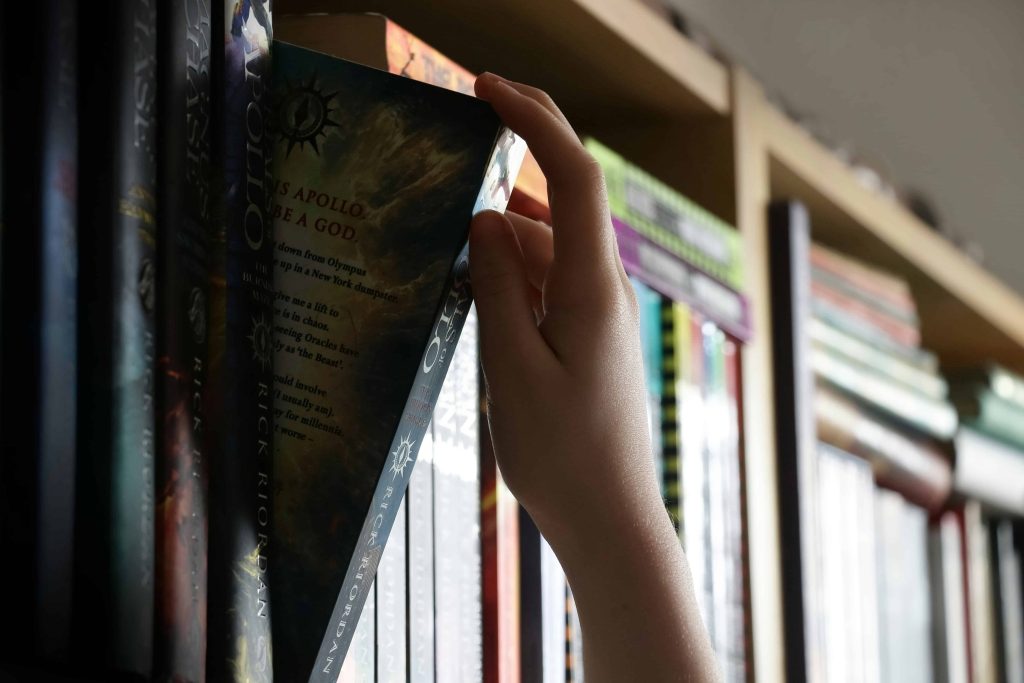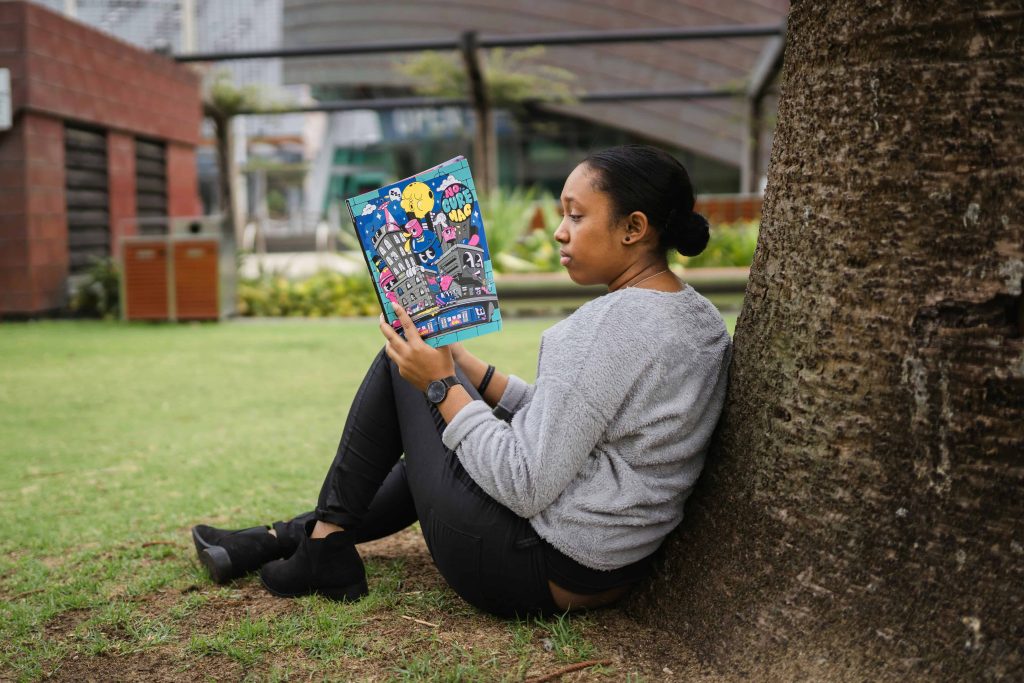
12 Aug Expanding Horizons: The Crucial Role of Diversity in Literature in 2024
Diversity in Literature
Diversity in literature refers to the inclusion of a wide range of human experiences and identities in literary works, encompassing various aspects such as race, ethnicity, gender, sexuality, disability, and socioeconomic status. Historically, literature has predominantly featured voices from a narrow subset of society, often reflecting the experiences of a specific cultural or socio-economic group while marginalizing others. This lack of diversity has perpetuated stereotypes and reinforced a limited view of the human experience.
In recent years, there has been increasing recognition of the need for diverse representation in literature. Diverse representation is crucial not only for reflecting the complexity of the real world but also for shaping societal perspectives. By presenting a broad spectrum of identities and experiences, literature can challenge existing norms, foster empathy, and promote a more inclusive worldview.

The Importance of Diversity in Literature
Reflects the Real World
Literature that incorporates diverse perspectives offers readers a mirror to the complexities of the real world. This reflection helps audiences understand and relate to experiences different from their own. For example, novels like The Hate U Give by Angie Thomas and The Sympathizer by Viet Thanh Nguyen provide insights into the lives of marginalized communities, fostering a deeper appreciation for their struggles and triumphs.
Challenges Stereotypes and Biases
Diverse literature serves as a powerful tool for deconstructing stereotypes and challenging biases. By presenting nuanced and multi-dimensional characters, such works confront and dismantle preconceived notions. For instance, American Dirt by Jeanine Cummins, despite its controversies, aimed to shed light on the migrant experience and provoke conversations about immigration and identity.
Provides Role Models and Inspiration
For individuals from underrepresented groups, seeing themselves reflected in literature can be profoundly affirming. Characters who navigate their worlds with resilience and grace can inspire readers facing similar challenges. Books such as I Am Not Your Perfect Mexican Daughter by Erika L. Sánchez offer valuable role models for young people grappling with their identities and aspirations.
Enriches the Literary Canon
The inclusion of diverse voices enriches the literary canon by adding new narratives, themes, and perspectives. This diversity helps create a more comprehensive and varied understanding of human experiences. Authors like Toni Morrison and Gabriel García Márquez have expanded the literary canon by incorporating unique cultural and historical contexts into their works, thereby enhancing the richness of global literature.
Barriers to Diversity in Literature
Underrepresentation of Diverse Authors and Characters
Despite growing awareness, many authors from marginalized backgrounds still face significant barriers to getting their work published and recognized. This underrepresentation extends to characters in literature as well, where diverse identities are often relegated to supporting roles or stereotypical depictions. For instance, a 2019 study by the Cooperative Children’s Book Center found that only 27% of children’s books featured characters of color, highlighting a significant disparity.
Lack of Diversity in the Publishing Industry
The publishing industry has historically been dominated by individuals from similar backgrounds, which can result in unconscious biases influencing decisions about which books are published and promoted. According to a 2021 survey by Lee & Low Books, over 76% of publishing professionals identified as white, which can impact the industry’s ability to recognize and nurture diverse talent.
Market Perceptions and Reader Biases
There is often a perception that books featuring diverse characters may not sell well, which can deter publishers from investing in such works. This market bias is compounded by readers’ own biases, which can influence the success of diverse books. The notion that certain stories are less commercially viable creates a cycle where diverse voices struggle to gain visibility and support.

Promoting Diversity in Literary Works
Encourage Diverse Storytelling and Perspectives
To foster a more inclusive literary landscape, it is essential to actively seek and support stories from diverse voices. This can involve promoting works that explore different cultural, social, and personal experiences. Initiatives like the #OwnVoices movement encourage readers and publishers to prioritize books written by authors from the communities they depict.
Importance of Authentic Representation
Authentic representation involves more than just including diverse characters; it requires presenting them with depth and accuracy. Authors should engage with cultural consultants and individuals from the communities they are writing about to ensure respectful and accurate portrayals. Books such as The Joy Luck Club by Amy Tan exemplify authentic representation by incorporating rich cultural details and perspectives.
Avoiding Tokenism and Stereotypes
Tokenism occurs when diverse characters are included in a story merely to fulfill a quota, often resulting in superficial or stereotypical portrayals. To avoid tokenism, authors and publishers should strive for meaningful and complex representations. For example, The Poppy War by R.F. Kuang avoids stereotypes by presenting a protagonist with a multifaceted identity and a rich cultural background.
Creating Inclusive and Welcoming Literary Spaces
Literary communities, including bookstores, libraries, and literary festivals, should actively create spaces that celebrate and support diverse voices. This includes hosting events that feature diverse authors, curating inclusive reading lists, and fostering discussions about diverse literature. Organizations like We Need Diverse Books work to promote inclusivity within the literary world.
Promoting Diversity in Publishing Practices
Diversify Editorial and Publishing Teams
Increasing diversity within editorial and publishing teams can lead to more inclusive decision-making processes and a wider range of published works. Diverse teams are more likely to recognize the value of different perspectives and support authors from varied backgrounds. Hiring practices should focus on creating opportunities for underrepresented individuals within the industry.
Implement Inclusive Acquisition and Submission Processes
Publishers should develop acquisition and submission processes that actively seek out and consider diverse voices. This includes revising submission guidelines to be more inclusive and reaching out to marginalized communities to encourage participation. Programs like the Pitch Wars mentorship program help to support diverse authors in navigating the submission process.
Support Diverse Authors Through Mentorship and Grants
Providing mentorship and financial support to diverse authors can help them overcome barriers to entry into the publishing industry. Organizations like the Writer’s League of Texas offer mentorship programs and grants specifically for underrepresented writers, helping them to develop their craft and gain visibility.
Expand Marketing and Distribution Channels for Diverse Books
Effective marketing and distribution strategies are essential for ensuring diverse books reach a broad audience. Publishers should invest in targeted marketing campaigns, partner with diverse organizations, and utilize social media to promote diverse literature. Expanding distribution channels to include independent bookstores and international markets can also increase a book’s visibility.
Promote Diverse Literature to Readers
Encouraging readers to explore diverse literature involves more than just promoting books; it requires fostering an environment where readers are open to new perspectives. Book clubs, reading challenges, and educational programs can help introduce readers to diverse works and stimulate discussions about their significance.

CONCLUSION
The significance of diversity in literature extends beyond mere representation; it influences how we understand ourselves and others. Diverse literature reflects the complexity of human experiences, challenges stereotypes, and enriches the literary canon. To achieve a more inclusive and equitable literary landscape, concerted efforts are needed to promote diversity in both literary works and publishing practices.
KEY TAKEAWAYS
- Reflects the Real World: Diverse literature mirrors the complexities of the real world, helping readers understand and empathize with experiences different from their own. Notable examples include The Hate U Give and The Sympathizer, which offer insights into marginalized communities.
- Challenges Stereotypes: Diverse works challenge and deconstruct stereotypes, promoting nuanced understandings of identity and experiences. American Dirt, despite its controversies, aims to provoke important conversations about immigration and identity.
- Provides Role Models: Literature featuring diverse characters offers role models and inspiration for readers from underrepresented groups. Books like I Am Not Your Perfect Mexican Daughter can be affirming for those navigating similar challenges.
- Enriches the Literary Canon: Including diverse voices broadens the literary canon, introducing new narratives and perspectives. Authors like Toni Morrison and Gabriel García Márquez have expanded our understanding of human experiences through unique cultural contexts.
- Barriers to Diversity: Despite progress, underrepresentation of diverse authors and characters persists. Challenges include biases in the publishing industry and market perceptions that undermine the visibility and success of diverse works.
- Promoting Diversity: To foster inclusivity, it’s crucial to encourage diverse storytelling, ensure authentic representation, and avoid tokenism. Literary spaces should actively support and celebrate diverse voices.
- Inclusive Publishing Practices: Diversifying editorial teams, revising acquisition processes, and providing mentorship and financial support are key to increasing the representation of diverse authors in publishing.
- Expanding Reach: Effective marketing and distribution strategies, along with promoting diverse literature to readers through various platforms, can enhance the visibility and impact of diverse books.
FAQ
Why is diversity in literature important for readers?
Diversity in literature is crucial, as it reflects the real world’s complexity and provides readers with a mirror to understand experiences beyond their own. Books featuring diverse perspectives, such as The Hate U Give and The Sympathizer, help readers develop empathy and a broader worldview by showcasing various identities and experiences.
What are some barriers to achieving diversity in literature?
Barriers to diversity in literature include the underrepresentation of marginalized authors, a lack of diversity within the publishing industry, and market biases that perceive diverse books as less commercially viable. Studies have shown that only a small percentage of children’s books feature characters of color, highlighting the persistent gap in representation.
How can publishers and literary communities promote diversity in their practices?
Publishers can promote diversity by diversifying editorial teams, revising acquisition processes, and supporting diverse authors through mentorship and grants. Literary communities should also foster inclusive spaces by hosting diverse events and curating inclusive reading lists, while readers can be encouraged through book clubs and reading challenges.
Delve into the rich and diverse tapestry of Singapore’s literary culture and uncover the voices of the next generation of writers who are bringing new ideas, styles, and narratives to the forefront of literature.
